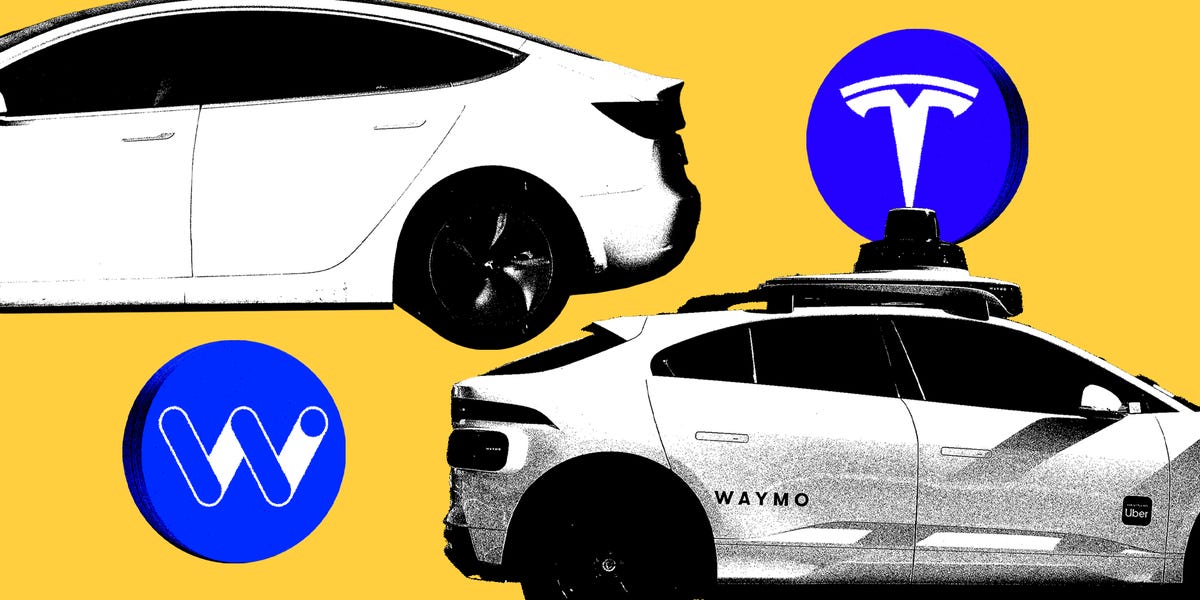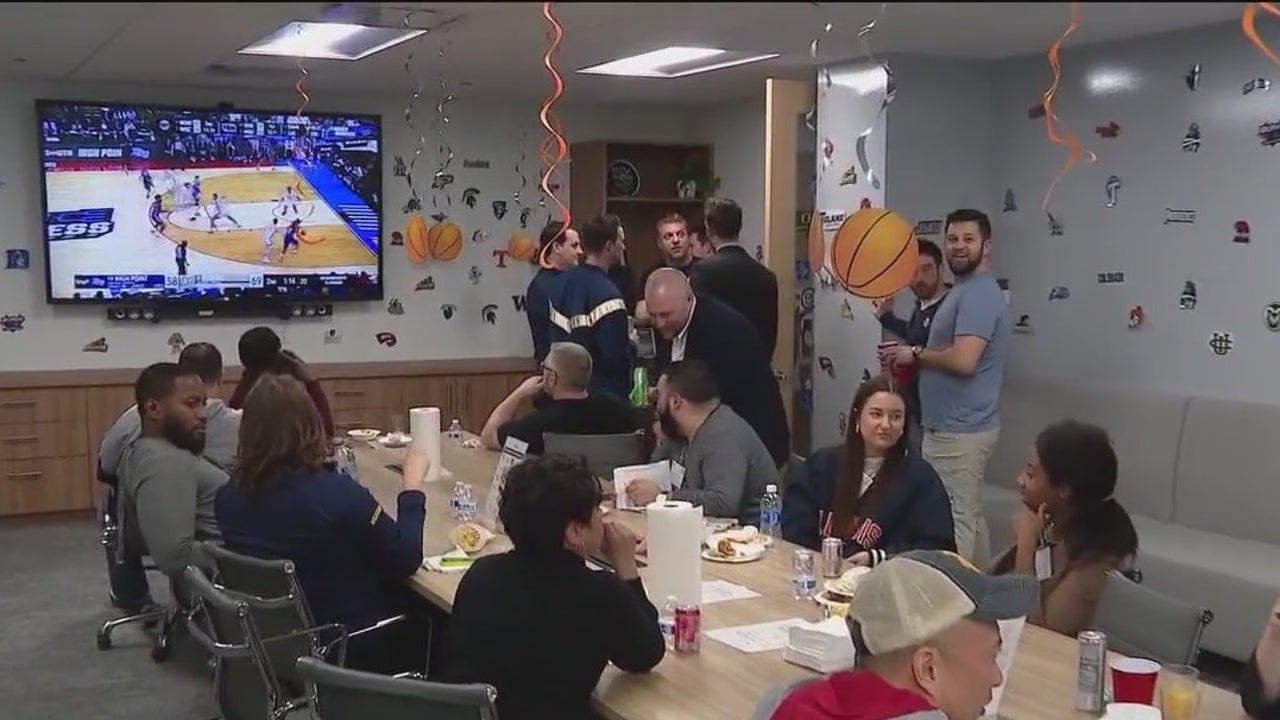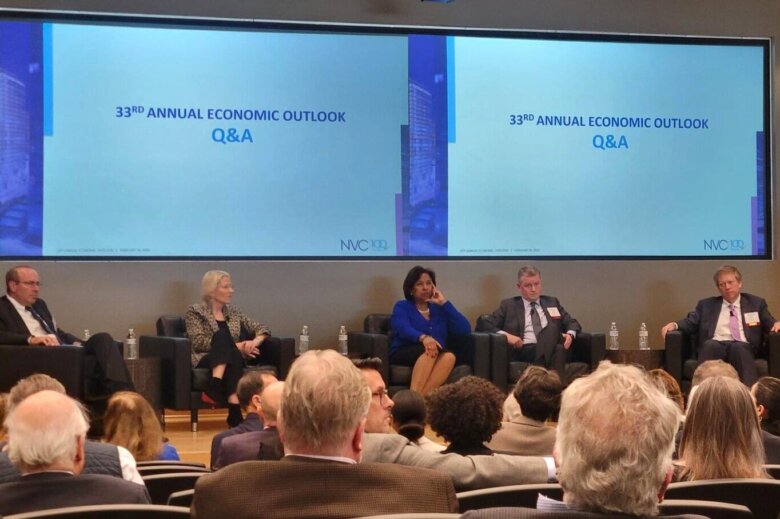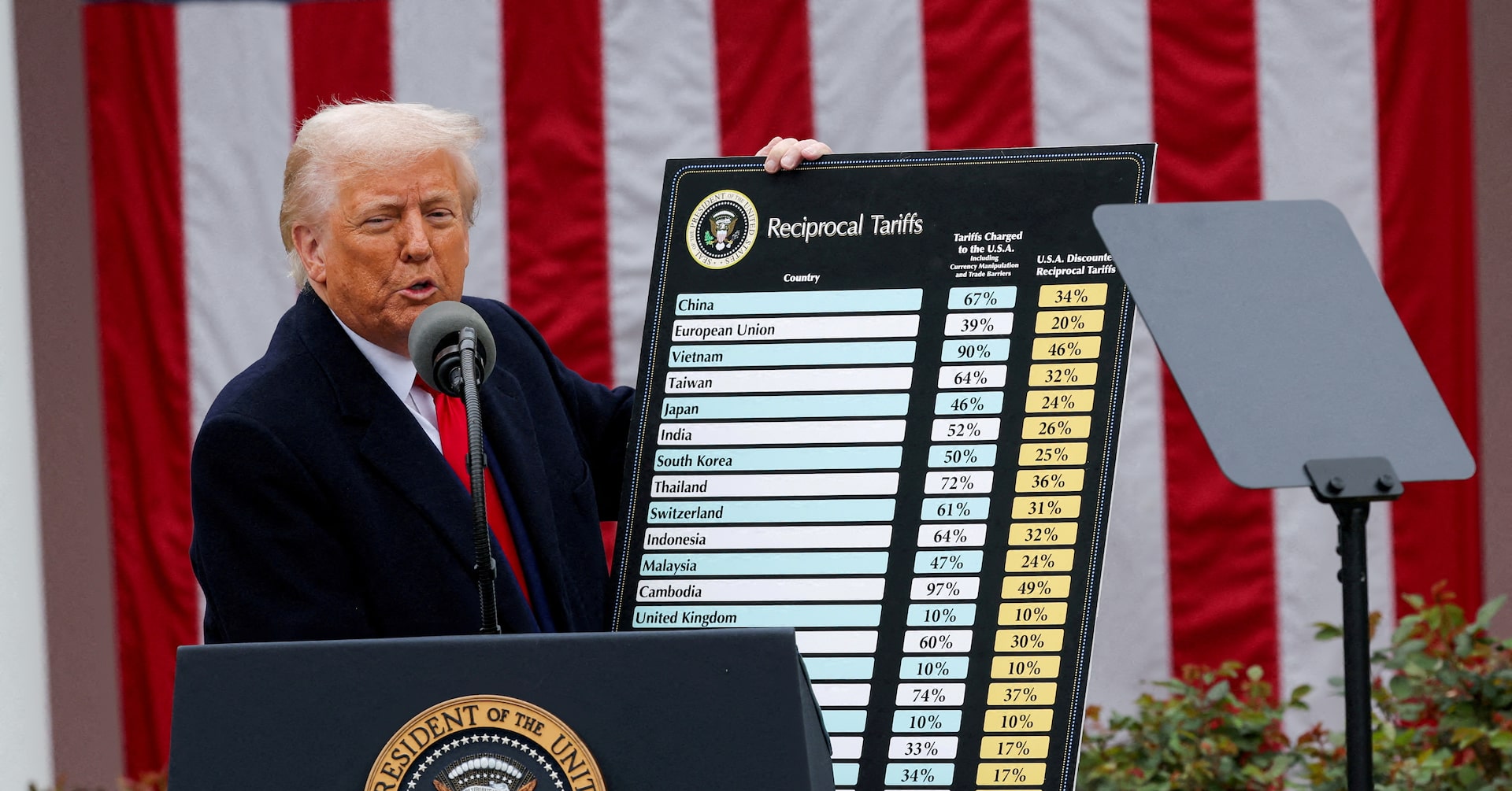AI Shake-Up: Top Amazon Executive Exits Amid Ambitious Agent Service Launch

In a significant leadership shift within the AI industry, Dilip Kumar is departing from his role as the head of Quick Suite AI agent product. This latest executive transition reflects the ongoing dynamic changes in the rapidly evolving artificial intelligence landscape. Kumar's departure marks another notable moment in the continuous transformation of AI leadership, signaling potential strategic realignments and new directions for the innovative technology platform.








